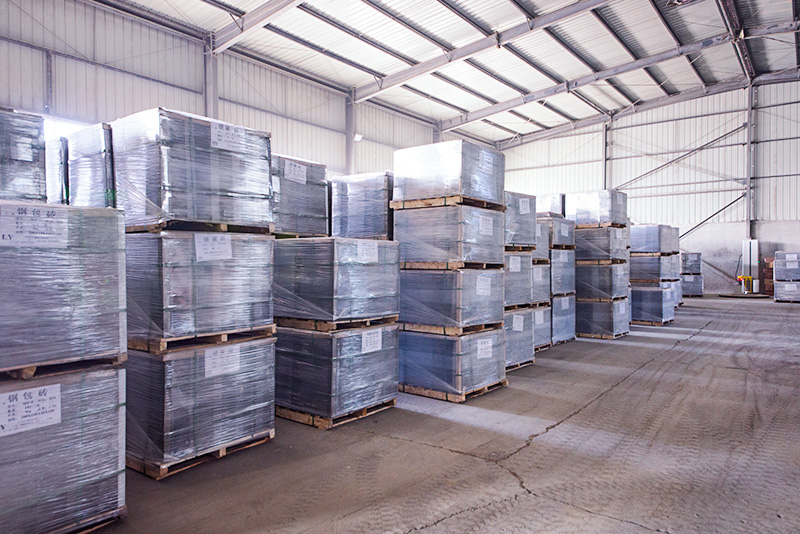What is the basis for selecting refractories for external refining?
Posted time:2021-12-06 Page view:27035emperature
The refining temperature outside the furnace is generally as high as 1550 ~ 1700℃, or even 1800℃. The results show that when the higher refining temperature is increased by 10℃, the service life of the refractory is reduced by 30%. Refractory materials are required to have high fire resistance, can withstand the impact of higher refining temperatures and local overheating, at this temperature, the liquid phase is less, and can resist the erosion of low-viscosity slag. Therefore, alkaline bricks with high purity and high direct bonding rate should be selected. Amorphous refractory

Intermittent operation can cause temperature fluctuations, resulting in peeling of the lining. Of course, the smaller the temperature fluctuations, the better. Generally, intermediate baking and short interval time are used to reduce the temperature change of ladle and increase the life of lining. Under permitted smelting conditions, magnesia-carbon brick or magnesia-chromium brick with better thermal shock resistance should be selected. When the temperature change is large, but the intermittent time is short, magnesia dolomite brick is the best. For example, LF(V) ladle, slag line uses MgO-C or MgO-cr203, side wall uses MgO-Gao system or MgO-cr203, and the bottom is generally made of high-quality high aluminum bricks.
stir
All off-furnace refining processes are equipped with molten steel stirring devices. VOD, VHD(VAD) and AOD are argon agitators. In general, the furnace wall near and near the bottom of the furnace is badly damaged. In general, the lining of electromagnetic induction mixing (SKF) is badly damaged at the agitator position and the agitator symmetry position. Due to the stirring action, the molten steel and slag boil violently, which accelerates the destruction of the furnace lining. Therefore, the erosion area should use high-quality high temperature strength refractory materials, such as magnesium chromium, high purity magnesia, chrome corundum and so on.
Processing time
The refining time can reach 1 ~ 4h, and the longer the treatment time of molten steel in ladle, the more serious the furnace lining damage. Therefore, refractory materials with good slag resistance and low creep at high temperature should be selected.
Vacuum degree
The volatilization rate of refractory increases with the increase of temperature and vacuum degree, and the penetration rate and dosage of slag also increase. For example, the vacuum degree of LF(V) under high temperature vacuum can reach more than 67pa, which accelerates the damage of the furnace lining. The stability of refractory oxides under vacuum is related to the vapor pressure dissociation energy and the activation energy of the combined phase. Among several common refractory oxides, Al203 and Cao are the most stable. Adding A1203 to magnesia or magnesia chrome bricks can significantly reduce the volatilization rate. At 1700℃, 10-1pa, the evaporation rate of A1203 is only L/100 of MgO, and the evaporation rate of Ma spinel is L/44 of MK spinel. The results show that high calcium magnesia dolomite brick and magnesia chromium brick containing A1203 have better vacuum volatilization performance.
